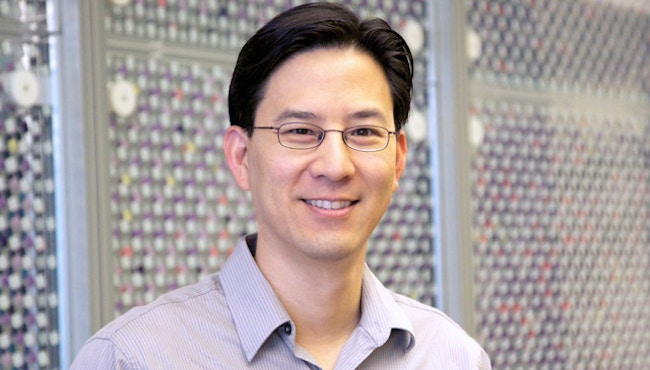
William is overseeing an effort to apply Synthetic Biology approaches to the development of self-assembling DNA nanostructures and devices for use in biomedical applications. In addition to carrying genetic information, DNA is increasingly being explored for its use as a building material. This new process is called DNA origami because a long strand of DNA can be programmed to fold in on itself to create specific shapes, much as a single sheet of paper is folded to create a variety of designs in the traditional Japanese art. Using long biologically produced DNA strands to construct particles with precisely specified shapes, William is able to approximate a level of complexity that rivals that of the molecular machinery found in cells. To achieve structures of even greater complexity, his laboratory is pioneering methods for hierarchical assembly of these particles into three-dimensional networks with site-specific control over chemical functionalization and mechanical actuation. This work could lead to breakthroughs in manufacturing and medicine. For example, these incredibly tiny forms could be used as cogs in a machine for molecular manufacturing, optical reporters for bioimaging, and carriers for delivery of cancer drugs deep inside the body. Working in Programmable Biomaterials at the Wyss, William most recently created nanodevices made of DNA that self-assemble and can be programmed to move and change shape on demand. In contrast to existing nanotechnologies, these programmable nanodevices are highly suitable for medical applications because DNA is both biocompatible and biodegradable.
William is a Professor in the Department of Biological Chemistry and Molecular Pharmacology at Harvard Medical School and the Department of Cancer Biology at the Dana-Farber Cancer Institute. He has received recognitions from NIH, Blavatnik Institute, Foresight Institute, and ISNSCE.
